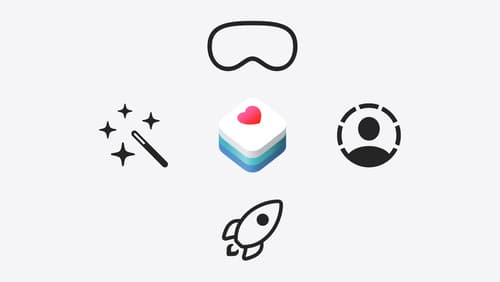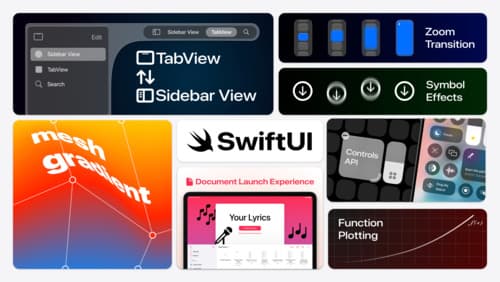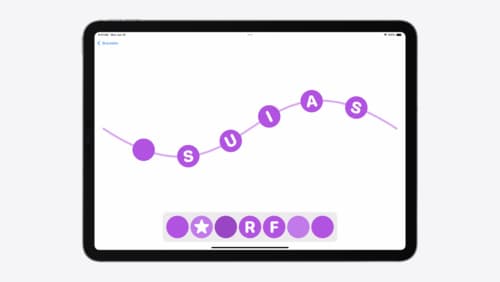UI DSL SwiftUI
Asked on 2025-05-09
1 search
SwiftUI is a powerful UI framework introduced by Apple that allows developers to build user interfaces across all Apple platforms using a declarative syntax. It is designed to be a multiplier on your efforts, meaning once you have a user interface built using SwiftUI for one platform, you have an excellent start for building native apps on others. SwiftUI's capabilities extend beyond views to the entire app definition, which is built on the same principles that views follow. An app is a declarative structure defined by scenes, and SwiftUI enables you to compose scenes together, especially on multi-windowed platforms like macOS.
SwiftUI views are value types defined using structs, which are descriptions of what the current state of the UI should be. This declarative approach allows SwiftUI to automatically keep your UI up to date as your view state changes over time, eliminating boilerplate and update bugs. SwiftUI also supports interoperability with other frameworks, allowing you to use UIKit and AppKit views within your SwiftUI view hierarchy.
For more detailed information on SwiftUI, you can refer to the session SwiftUI essentials (00:04:30) from WWDC 2024, which covers the fundamentals of views and how SwiftUI enables building apps across all platforms.

Get started with HealthKit in visionOS
Discover how to use HealthKit to create experiences that take full advantage of the spatial canvas. Learn the capabilities of HealthKit on the platform, find out how to bring an existing iPadOS app to visionOS, and explore the special considerations governing HealthKit during a Guest User session. You’ll also learn ways to use SwiftUI, Swift Charts, and Swift concurrency to craft innovative experiences with HealthKit.

What’s new in SwiftUI
Learn how you can use SwiftUI to build great apps for any Apple platform. Explore a fresh new look and feel for tabs and documents on iPadOS. Improve your window management with new windowing APIs, and gain more control over immersive spaces and volumes in your visionOS apps. We’ll also take you through other exciting refinements that help you make expressive charts, customize and layout text, and so much more.

Enhance your UI animations and transitions
Explore how to adopt the zoom transition in navigation and presentations to increase the sense of continuity in your app, and learn how to animate UIKit views with SwiftUI animations to make it easier to build animations that feel continuous.
